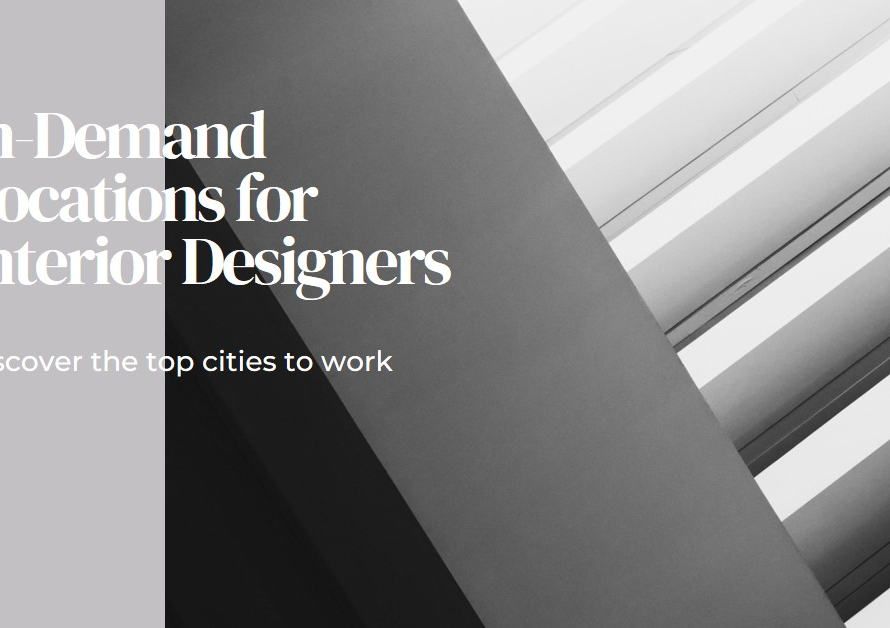
Table of Contents
- Introduction:
- Understanding the Fundamentals of Exterior Design:
- Embracing Sustainable Design Principles:
- Leveraging Technology and Innovation:
- Strategic Use of Hardscape and Softscape Elements:
- Integrating Water Management Systems:
- Prioritizing User-Centric Design:
- Enhancing Accessibility and Safety:
- Considering Seasonal Variations:
- Continuous Evaluation and Adaptation:
- Conclusion
Introduction:
In the realm of architectural and landscape design, exterior design is pivotal in shaping first impressions and defining the functionality of outdoor spaces. Optimizing efficiency in exterior design is not only about aesthetics but also about creating sustainable, cost-effective, and functional environments. This blog post delves into the various strategies and considerations necessary to achieve optimal efficiency in exterior design.
Understanding the Fundamentals of Exterior Design:
Before delving into advanced strategies, it’s crucial to grasp the basic principles of exterior design. The fundamentals include understanding the balance between form and function, the importance of site analysis, and the role of environmental considerations.
Site analysis is the starting point for any exterior design project. This involves studying the terrain, climate, vegetation, and existing structures. A thorough site analysis helps in making informed decisions that align with the natural attributes of the site, thereby enhancing efficiency and sustainability.
Embracing Sustainable Design Principles:
Sustainability is a cornerstone of efficient exterior design. Incorporating eco-friendly materials and energy-efficient solutions not only reduces environmental impact but also lowers long-term costs. Green roofs, permeable paving, and solar lighting are just a few examples of sustainable elements that can be integrated into exterior design.
Moreover, native landscaping, which involves using plants indigenous to the area, reduces the need for irrigation and maintenance. This approach not only conserves water but also supports local ecosystems, promoting biodiversity and resilience.
Leveraging Technology and Innovation:
Incorporating modern technology is essential for optimizing exterior design efficiency. Tools like Building Information Modeling (BIM) and Geographic Information Systems (GIS) allow designers to create detailed, accurate plans and simulations. These technologies facilitate better decision-making, reduce errors, and improve collaboration among stakeholders.
Additionally, smart irrigation systems and outdoor lighting controlled by sensors and timers can significantly enhance efficiency. These technologies ensure that resources are used optimally, reducing waste and operational costs.
Strategic Use of Hardscape and Softscape Elements:
Balancing hardscape (non-living elements like pathways, walls, and patios) with softscape (living elements like plants and lawns) is crucial for creating functional and aesthetically pleasing outdoor spaces. The strategic use of these elements can enhance the usability and visual appeal of the exterior environment.
Hardscape elements should be designed for durability and low maintenance. Using materials like concrete, stone, and metal can withstand harsh weather conditions and require minimal upkeep. Meanwhile, softscape elements should be selected for their adaptability to the local climate and their ability to thrive with minimal intervention.
Integrating Water Management Systems:
Efficient water management is a critical aspect of exterior design. Designing landscapes that manage stormwater effectively can prevent flooding, reduce erosion, and improve water quality. Techniques such as rain gardens, swales, and permeable pavements allow water to infiltrate the ground, replenishing aquifers and reducing runoff.
Moreover, incorporating rainwater harvesting systems can provide a sustainable water source for irrigation. This reduces dependency on municipal water supplies and promotes water conservation, especially in regions prone to drought.
Prioritizing User-Centric Design:
User-centric design focuses on creating spaces that cater to the needs and preferences of the users. This approach ensures that exterior spaces are not only beautiful but also functional and enjoyable. In residential projects, this might involve designing cozy outdoor living areas, while in commercial projects, it could mean creating inviting public spaces.
To achieve this, designers must engage with users during the planning phase to understand their requirements and preferences. This can involve surveys, interviews, and collaborative workshops, ensuring that the final design meets the needs of its intended users.


Enhancing Accessibility and Safety:
Accessibility and safety are paramount in exterior design. Creating spaces that are easily navigable and safe for all users, including those with disabilities, enhances the overall efficiency and inclusiveness of the design. This involves adhering to regulations such as the Americans with Disabilities Act (ADA) and incorporating features like ramps, handrails, and non-slip surfaces.
Additionally, proper lighting, clear signage, and thoughtful layout can significantly improve safety. Well-lit pathways and entrances deter crime and accidents, making the space welcoming and secure for everyone.
Considering Seasonal Variations:
Designing for seasonal variations ensures that exterior spaces remain functional and attractive year-round. This involves selecting plants that provide seasonal interest, incorporating features that offer shade in summer and shelter in winter, and designing drainage systems that handle seasonal rainfall efficiently.
For instance, deciduous trees provide shade in the summer while allowing sunlight to penetrate in the winter, reducing energy costs. Similarly, incorporating evergreen plants ensures that the landscape retains its structure and greenery even in the colder months.
Continuous Evaluation and Adaptation:
Optimizing efficiency in exterior design is an ongoing process. Continuous evaluation and adaptation are necessary to respond to changing conditions and user needs. This involves regular maintenance, monitoring the performance of design elements, and making necessary adjustments.
Implementing a feedback system allows users to report issues and suggest improvements. This proactive approach ensures that the design remains functional, sustainable, and efficient over time, adapting to evolving environmental conditions and technological advancements.
Conclusion
Optimizing efficiency in exterior design requires a holistic approach that encompasses sustainability, technology, user-centric design, and adaptability. By understanding and applying these principles, designers can create exterior spaces that are not only beautiful but also functional, cost-effective, and environmentally friendly. As we move towards a more sustainable future, the importance of efficient exterior design will continue to grow, making it a critical area of focus for architects, landscape designers, and urban planners alike.



